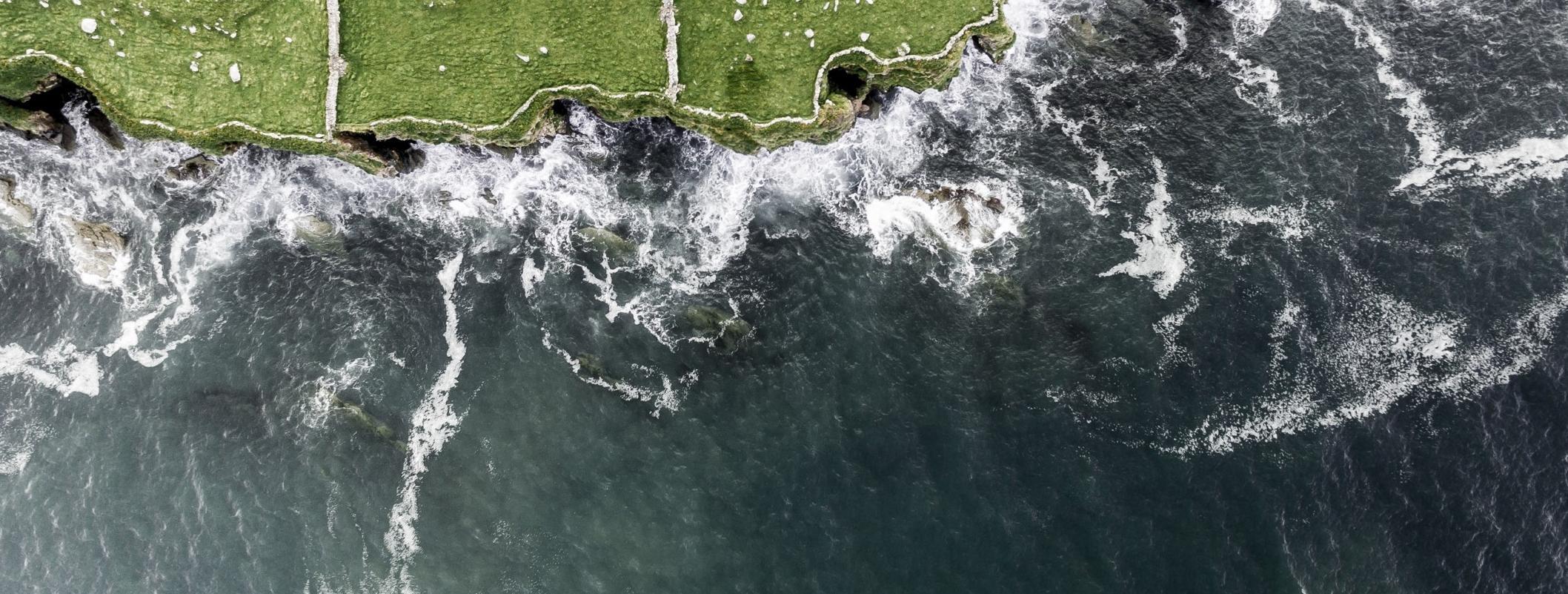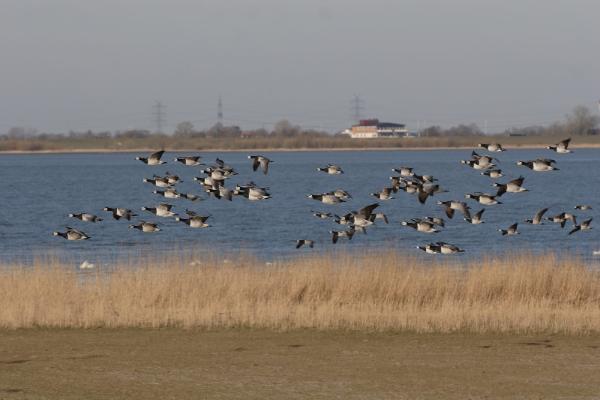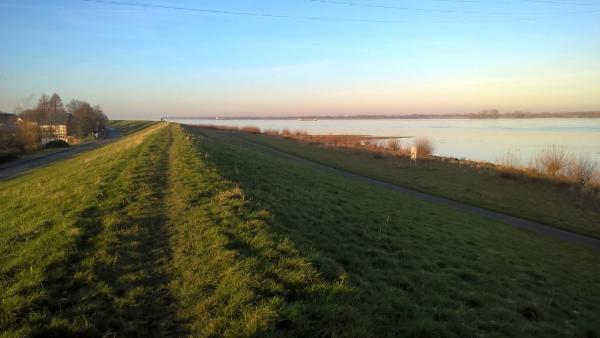The Tidal Elbe, Germany
The River Elbe has been instrumental in shaping place relations in the region surrounding Hamburg over centuries. Coastal communities have had to defend themselves against the sea but also depended on the tidal river for their livelihoods, resulting in a rich cultural landscape and strong place attachment. The tidal part of the river Elbe extends over 148 km and, in its estuaries, sand- and mudbanks, comprises many valuable habitats for protected species and biodiversity. The lower part of the Elbe is essential in linking the Port of Hamburg to the North Sea; as a result it is heavily managed for shipping and also for coastal defence by means of dykes. Economically, the tidal Elbe region has experienced a shift away from traditional activities such as fishing and agriculture towards tourism, recreation, renewable energies and urbanisation. Although the cultural landscape and river are central points of attraction for local residents, comparatively little is known on current perceptions of nature’s benefits, the relative importance of different benefits, their distribution in space and their vulnerability to ecological change. Given recent criticisms of the cultural ecosystem services concept, a broader conceptual approach is needed, e.g. focusing more strongly on quality of life or dimensions of well-being (such as ability to engage in certain cultural practices). It is also important to strengthen the spatial dimension of socio-cultural values and ecosystem benefits to enable their inclusion in spatial planning. A revised regional development plan will be developed in the State of Schleswig-Holstein during the project’s lifetime, making this case study particularly timely.



